From goals against Nepal
If we only look at the scoreboard and the situations leading to goals, it seems that high balls and wing attacks are still the most effective methods for the Vietnamese team to penetrate the opponent's net, because 2/3 of the goals come from this attack.
Typically, for the opening goal, from the right wing, Tien Anh launched a cross with an extremely uncomfortable landing point, completely eliminating the opponent's defense so that Tien Linh inside had enough space to control the ball neatly and then finish into Nepal's net.
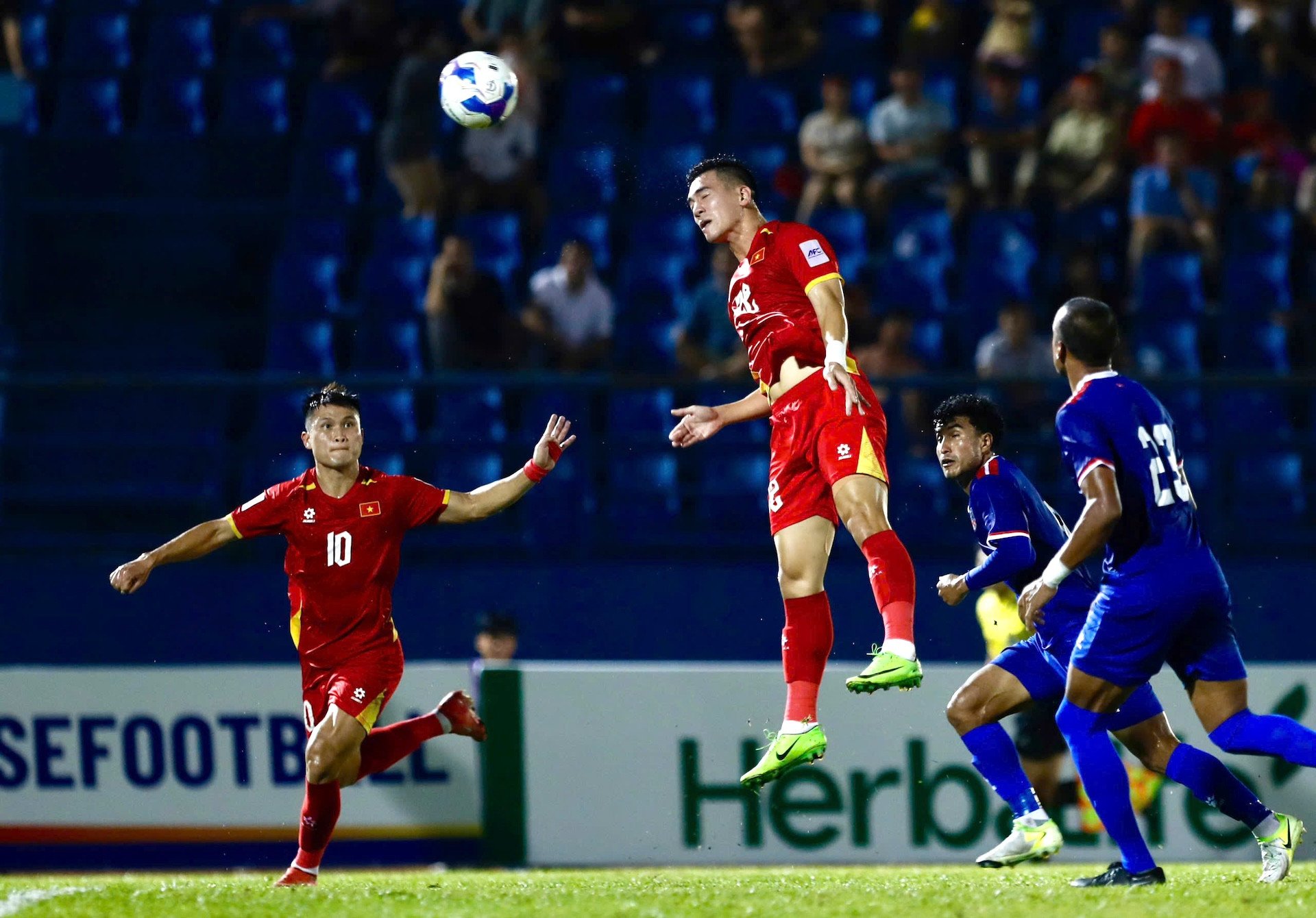
Aerial combat is the strong point of the Vietnamese team. Photo: Huu Ha
Or like the second goal came from a corner kick, the ball was hung into the penalty area causing chaos, and in a moment of chaos, Xuan Manh was there at the right time to launch a decisive rebound shot to put Vietnam ahead 2-1.
Looking at the immediate results, it can be seen that crosses from both wings and high balls are still reliable weapons, bringing specific results for the Vietnamese team.
But that's not all.
However, if we look more closely at the whole match, the picture is completely different. High balls brought goals, but the moments that created the most emotions and made Nepal confused came from the short ball combinations of the Vietnamese team.
Throughout the match, especially in the first half, coach Kim Sang Sik's students created many dangerous situations with quick passes and few touches in the middle and in a narrow area.
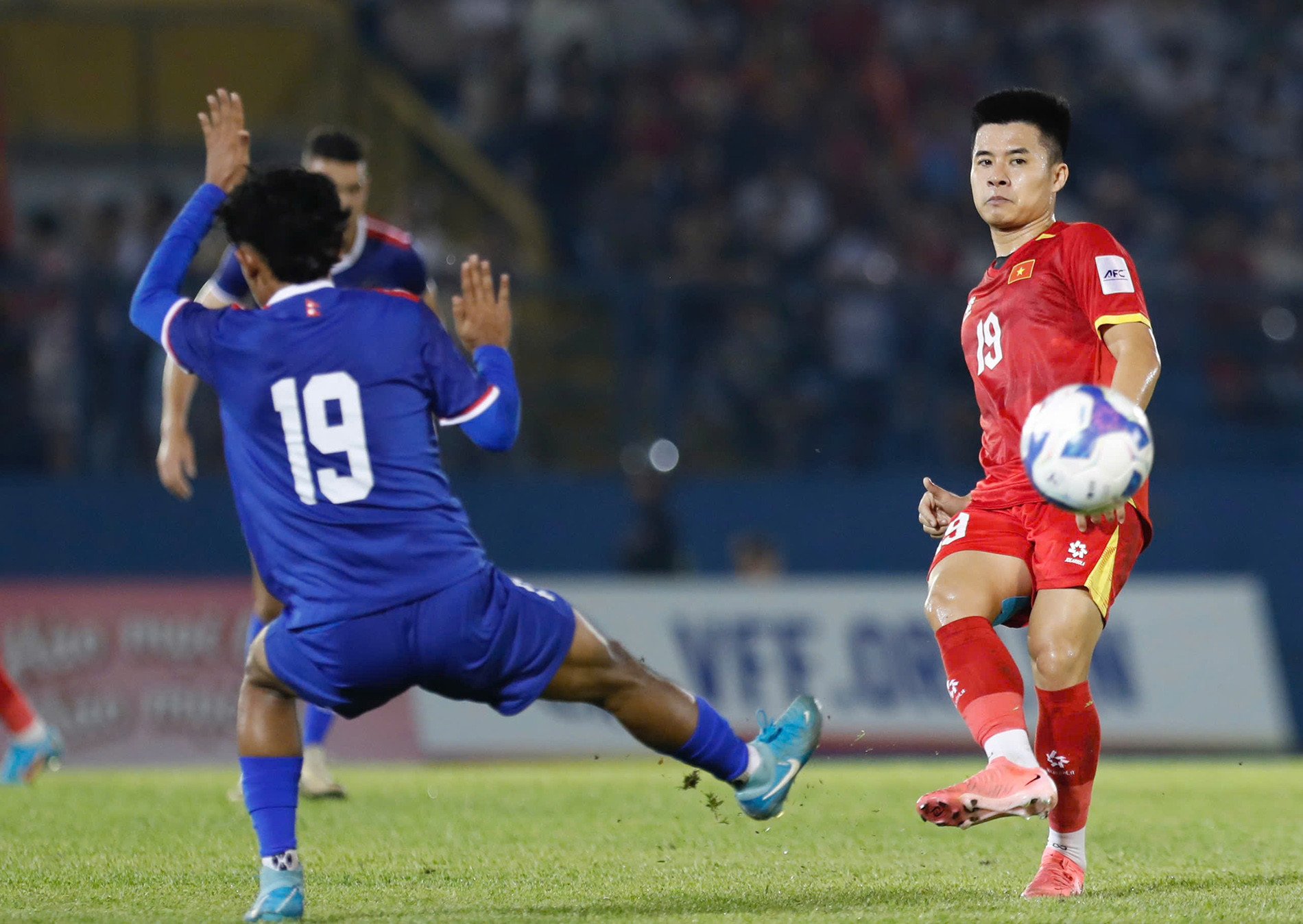
But the best plays of the Vietnamese team in the match against Nepal came from small group coordination. Photo: Huu Ha
Although they could not be converted into goals, these moves showed a huge attacking potential, a weapon with much higher damage and variation than just relying on crosses from the wings.
Wing play and crossing can be effective against weaker opponents, but will be very predictable when facing teams that play defense and are good at dealing with high balls.
On the contrary, fast, coordinated team play based on technique and understanding of the players is the key to unlocking "double-decker bus" defenses like Nepal in the last match.
With what has been shown, Coach Kim Sang Sik will therefore have to find a way to balance the attacking options. That means taking advantage of the air combat when needed, but must continue to promote small coordination, technique and speed as just demonstrated.
Source: https://vietnamnet.vn/tuyen-viet-nam-hlv-kim-sang-sik-va-buoc-di-tim-vu-khi-toi-thuong-2451609.html






![[Photo] Discover unique experiences at the first World Cultural Festival](https://vphoto.vietnam.vn/thumb/1200x675/vietnam/resource/IMAGE/2025/10/11/1760198064937_le-hoi-van-hoa-4199-3623-jpg.webp)

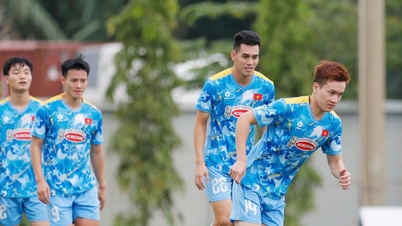
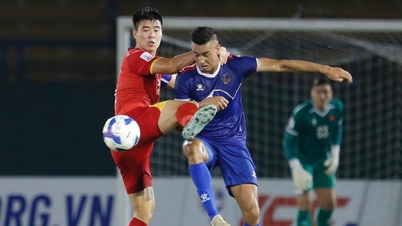
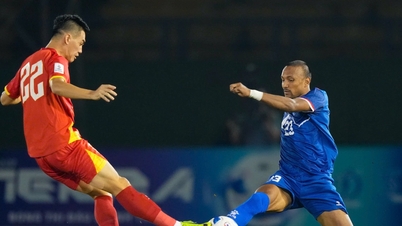

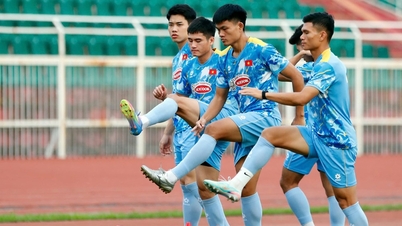

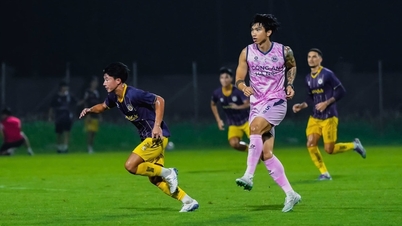
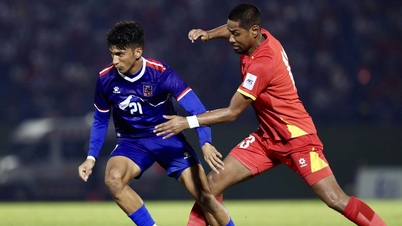





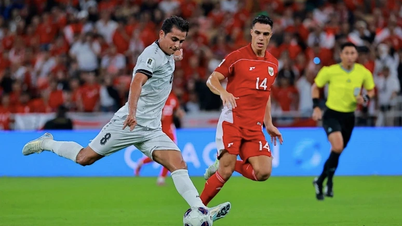

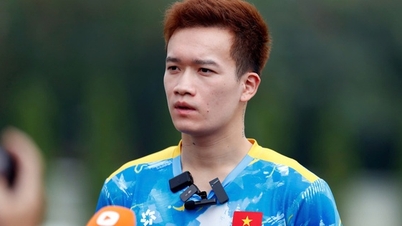












![[Photo] General Secretary attends the parade to celebrate the 80th anniversary of the founding of the Korean Workers' Party](https://vphoto.vietnam.vn/thumb/1200x675/vietnam/resource/IMAGE/2025/10/11/1760150039564_vna-potal-tong-bi-thu-du-le-duyet-binh-ky-niem-80-nam-thanh-lap-dang-lao-dong-trieu-tien-8331994-jpg.webp)



























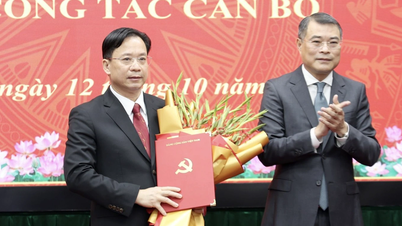







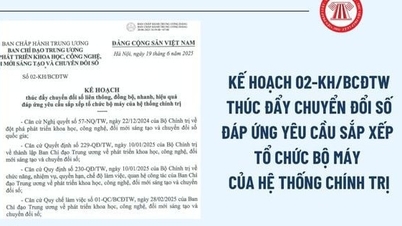



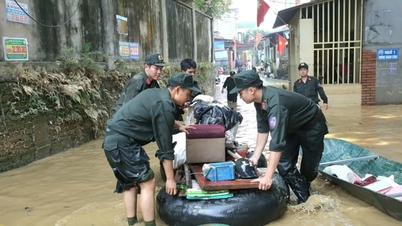




















Comment (0)